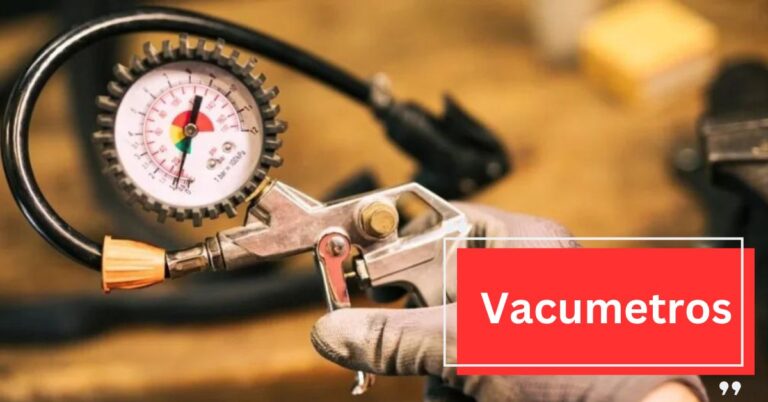Balance Your Body for Peak Performance and Health
Ever felt a strange tightness in one muscle while another seems weak or underused? You’re not alone. Muscular imbalances are common among athletes, health enthusiasts, and even caregivers.
These imbalances can lead to discomfort, injury, and decreased performance. In this blog, we’ll explore how to identify and correct muscular imbalances to keep your body in optimal condition.
What Are Muscular Imbalances?
Muscular imbalances occur when certain muscles are stronger or more developed than their opposing muscles. This can happen due to repetitive activities, poor posture, or even injury. For instance, if you spend a lot of time sitting, your hip flexors may become tight, while your glutes weaken.
Why Do Muscular Imbalances Matter?
Muscular imbalances can cause a range of issues, from minor discomfort to serious injuries. They can affect your posture, reduce your range of motion, and make you more susceptible to strains and sprains. For athletes, these imbalances can limit performance and increase recovery time.
Common Causes of Muscular Imbalances
There are several factors that can lead to muscular imbalances, including:
Repetitive movements
Poor posture
Previous injuries
Overtraining certain muscle groups
Understanding what causes these imbalances is the first step in correcting them.
Identifying Muscular Imbalances
Before you can correct a muscular imbalance, you need to identify it. Here are some common signs:
Uneven strength in different muscle groups
Discomfort or pain in certain areas
Limited range of motion
Self-Assessment Techniques
Here are some simple ways to assess your own muscular balance:
Perform unilateral exercises like single-leg squats or single-arm presses
Compare the range of motion on both sides of your body
Use a mirror to check for asymmetries in your posture
Professional Assessments
Sometimes, it’s best to consult a professional, especially if you’re an athlete or experiencing significant discomfort. Physical therapists and sports medicine specialists can provide a thorough assessment and create a tailored plan for you.
Corrective Exercises
Once you’ve identified the imbalances, you can start working on correcting them. Here are some exercises that can help:
Strengthening Weak Muscles: Focus on exercises that target the weaker muscle group. For example, if you have weak glutes, incorporate more squats and lunges into your routine.
Stretching Tight Muscles: Stretch the overactive muscles to improve flexibility. If your hip flexors are tight, try lunges and hip stretches.
Balancing Exercises: Activities like yoga and Pilates can help improve overall muscle balance and coordination.
Importance of Regular Exercise
Maintaining a regular exercise routine is crucial for keeping muscular imbalances at bay. Aim for a balanced mix of strength training, stretching, and cardio. This will ensure all muscle groups are equally worked and stretched.
Role of Nutrition
Believe it or not, your diet can also affect your muscle balance. Ensure you’re getting enough protein to support muscle repair and growth. Hydration is equally important, as dehydrated muscles are more prone to injury.
Preventing Future Imbalances
Prevention is better than cure. Here are some tips to prevent future imbalances:
Vary Your Exercises: Avoid doing the same workout every day. Mix things up to ensure all muscle groups get attention.
Regular Check-Ups: Periodically assess your muscle balance, either through self-assessment or by consulting a professional.
Listen to Your Body: Pay attention to any discomfort or pain. These can be early signs of an imbalance.
Case Study: Athletes and Muscular Imbalances
Athletes are particularly susceptible to muscular imbalances due to the repetitive nature of their sports. For instance, runners often develop strong quadriceps but weak hamstrings. This imbalance can lead to knee injuries. Using knee braces for sports Utah can provide additional support and prevent injuries.
The Role of Technology in Correcting Imbalances
Modern technology offers various tools to help identify and correct muscular imbalances. From apps that analyze your form to wearable devices that track your muscle activity, technology can provide valuable insights.
Muscular imbalances are a common yet often overlooked issue that can affect everyone from athletes to caregivers. By identifying these imbalances and taking steps to correct them, you can improve your posture, boost your performance, and reduce the risk of injury.
Remember to regularly assess your muscle balance, maintain a varied exercise routine, and consult professionals when needed. Start your journey to a well-balanced body today!







